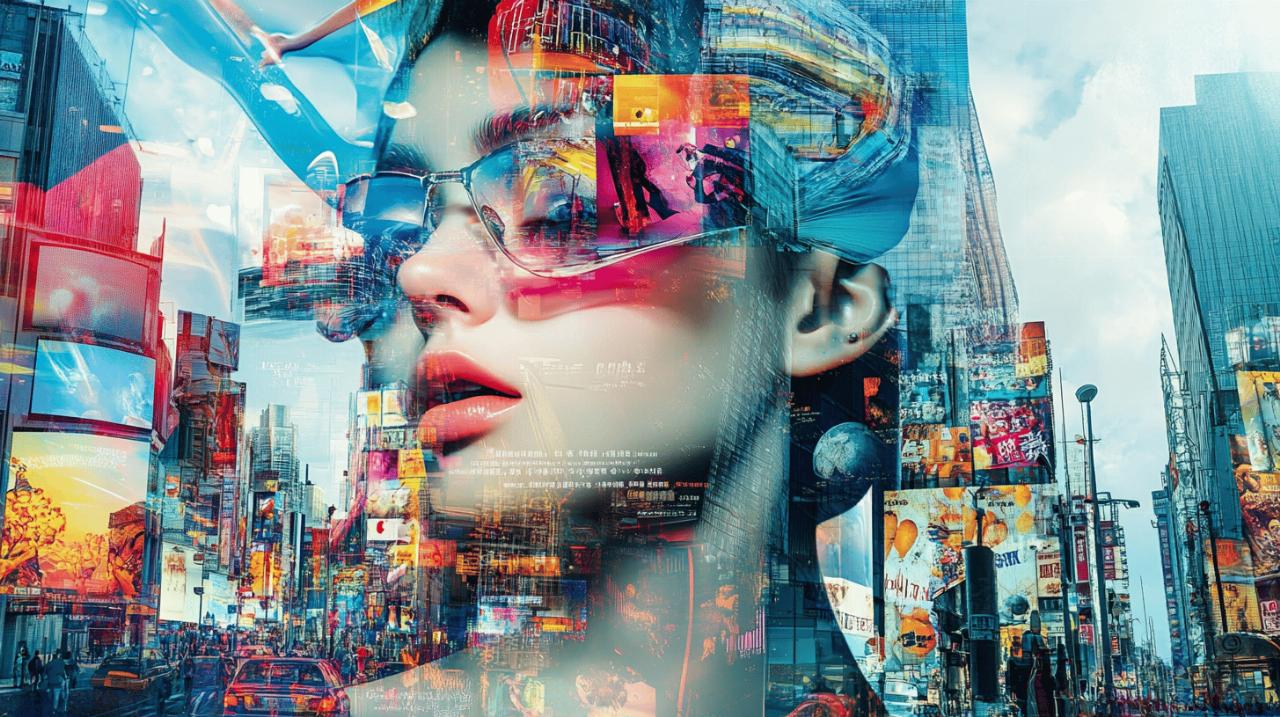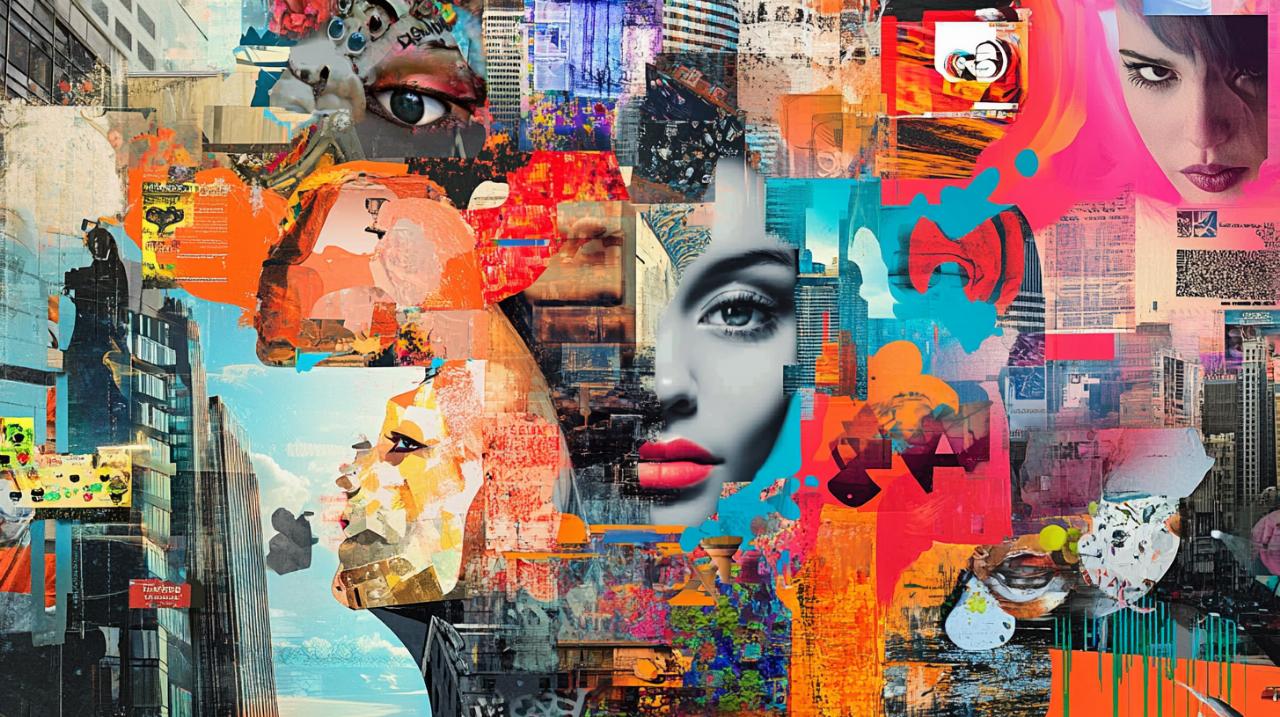Urban landscapes have become dynamic galleries where creativity and commerce intersect in unexpected ways. The streets once dominated by traditional billboards and posters now serve as expansive canvases for elaborate artistic expressions that blur the boundaries between advertising and art. This transformation reflects a broader cultural shift in how brands communicate with audiences, moving away from conventional methods towards experiences that resonate on a deeper, more authentic level. As cities embrace this evolution, the relationship between public spaces, artistic communities, and corporate messaging continues to redefine what outdoor advertising can achieve.
The Evolution of Street Art as a Marketing Medium
From underground movement to mainstream commercial tool
Street art emerged from the shadows of rebellion and vandalism to claim its place as a celebrated component of contemporary culture. The journey began with name-based tags appearing across New York City during the 1920s and 1930s, when individuals sought to leave their mark on the urban environment. By the 1960s, abandoned spaces throughout New York had become makeshift studios for artists who transformed neglected walls into vibrant displays of creativity. Figures such as Keith Haring and Jean-Michel Basquiat rose to prominence during this period, bridging the gap between underground expression and gallery recognition. The art market eventually embraced this once-marginalised form, with prestigious auction houses like Sotheby's and Christie's facilitating sales that reached staggering figures, including Basquiat's 'Untitled, 1982' which sold for $110.5 million in 2017. What began as an act of defiance has transformed into a sophisticated medium that commands both cultural respect and substantial financial value.
Why brands are embracing urban artistry
The appeal of street art for commercial purposes lies in its ability to transcend the limitations of traditional advertising. Murals and hand-painted adverts possess an authenticity that resonates with audiences weary of polished, digital campaigns. These large-scale artworks do not feel like conventional advertisements; instead, they register as genuine artistic contributions to the urban landscape. The accessibility that social media and smartphones provide has amplified this effect, enabling passersby to capture and share striking visuals with global audiences instantaneously. This organic amplification transforms a single mural into a viral phenomenon, extending its reach far beyond the physical location. Furthermore, brands recognise the opportunity to support public art initiatives, particularly as reduced public funding has created gaps in cultural programming. By partnering with artists and organisations, companies can position themselves as cultural patrons whilst simultaneously achieving marketing objectives. This dual benefit makes street art an increasingly attractive option for businesses seeking meaningful engagement with communities.
Pioneering campaigns that redefined outdoor advertising
Murals that became cultural landmarks
Several campaigns have demonstrated the transformative potential of street art marketing by creating works that transcend their commercial origins to become integral parts of urban identity. Global Street Art, an organisation dedicated to creating 'painted cities', has completed over 3,000 murals across the UK since 2012, establishing a substantial portfolio that includes hand-painted adverts, public art programmes, estate art projects, and construction site hoardings. Their London Mural Festival showcases the scale of this movement, with the 2024 edition featuring over 100 murals from both UK and international artists. The partnership between Global Street Art and Zippo at this festival exemplifies how brands can integrate seamlessly into artistic events. The collaboration produced a pop-up experience and a striking mural by D*Face, which subsequently inspired limited-edition lighters that sold out rapidly. In Rome, Fendi transformed the rooftop of their headquarters into an artistic canvas, inviting Russian graffiti artist Pokras Lampas to create an expansive work using 500 litres of paint in 2017. These projects demonstrate how commercial messaging can enhance rather than diminish urban environments when executed with artistic vision and respect for the medium.
Interactive street installations that captured public imagination
Some campaigns have pushed creative boundaries by incorporating elements of surprise and interaction that demand attention and spark conversation. Netflix employed a bold strategy in Berlin to promote the series 'How to Sell Drugs Online (Fast)', distributing 120,000 fake ecstasy pills as part of a street art advertising initiative that generated significant buzz through its audacious approach. Oatly has similarly distinguished itself by embracing humour and self-awareness in its outdoor campaigns, creating works that playfully critique the very nature of marketing whilst promoting the brand. The Swedish company's willingness to poke fun at conventional advertising techniques resonates with audiences who appreciate transparency and wit. Gucci's collaboration with Artolution represents another dimension of street art marketing, where commercial objectives align with social consciousness. Through this partnership, murals addressing social issues have appeared in public spaces, demonstrating that brand messaging can coexist with meaningful commentary on contemporary challenges. These innovative approaches illustrate how street art advertising can engage communities through uniqueness and authenticity rather than repetitive messaging, encouraging audiences to share experiences on social media platforms and thereby extending campaign reach organically.
The creative process behind urban brand canvases
Collaborating with Local Artists to Ensure Authenticity
 The success of street art marketing hinges on genuine collaboration between brands and artistic communities. More artists have become open to brand partnerships in recent years, recognising both the opportunities these relationships present and the practical realities of funding large-scale art projects. The financial and logistical challenges associated with creating expansive murals often necessitate external support, making partnerships with brands a viable pathway for artists to realise ambitious visions. Organisations like Global Street Art facilitate these collaborations by working alongside local councils and private developers to identify suitable locations and secure necessary permissions. Their project in Southwark, created in partnership with Southwark Council, Maya Capital, and Veld Capital, resulted in a 300-square-metre mural that enriched the local environment whilst serving commercial purposes. This model demonstrates how multiple stakeholders can contribute to public art initiatives that benefit communities whilst achieving business objectives. The key lies in respecting artistic autonomy and ensuring that commercial interests do not overshadow the creative vision that makes these works compelling in the first place.
The success of street art marketing hinges on genuine collaboration between brands and artistic communities. More artists have become open to brand partnerships in recent years, recognising both the opportunities these relationships present and the practical realities of funding large-scale art projects. The financial and logistical challenges associated with creating expansive murals often necessitate external support, making partnerships with brands a viable pathway for artists to realise ambitious visions. Organisations like Global Street Art facilitate these collaborations by working alongside local councils and private developers to identify suitable locations and secure necessary permissions. Their project in Southwark, created in partnership with Southwark Council, Maya Capital, and Veld Capital, resulted in a 300-square-metre mural that enriched the local environment whilst serving commercial purposes. This model demonstrates how multiple stakeholders can contribute to public art initiatives that benefit communities whilst achieving business objectives. The key lies in respecting artistic autonomy and ensuring that commercial interests do not overshadow the creative vision that makes these works compelling in the first place.
Balancing commercial messaging with artistic integrity
The tension between commercial imperatives and artistic authenticity represents one of the most significant challenges in street art marketing. Critics argue that the commercialisation of street art diminishes its capacity for social and political commentary, transforming a medium rooted in resistance into a tool for corporate messaging. The case of Banksy exemplifies this contradiction, as the artist's anonymity and anti-capitalist messages sit uncomfortably alongside the commercial success and high market prices their works command. Commodification raises concerns about accessibility and equity, particularly when street art that was intended for public consumption becomes appropriated for private gain or commercial purposes. Ethical questions surrounding preservation further complicate matters, as efforts to maintain or relocate street art can conflict with the ephemeral nature that many artists embrace as fundamental to the medium. Cultural appropriation also emerges as a consideration when brands adopt aesthetic styles rooted in specific communities without acknowledging their origins or contributing meaningfully to those contexts. Despite these challenges, many practitioners believe that street art can maintain its integrity whilst engaging with commercial opportunities, provided that collaborations are approached with transparency, respect, and a genuine commitment to supporting artistic communities rather than merely exploiting their visual language for marketing purposes.
Measuring Impact and Community Response to Street Art Marketing
Social media amplification and viral potential
The effectiveness of street art marketing extends far beyond immediate physical impressions, as social media platforms have fundamentally altered how these campaigns reach and engage audiences. The visual nature of murals and installations makes them inherently shareable, encouraging passersby to photograph and post images that circulate through digital networks. This organic amplification transforms a localised installation into content that reaches global audiences, generating impressions and engagement that traditional outdoor advertising struggles to achieve. The uniqueness of street art advertising contributes significantly to this viral potential, as people are naturally inclined to share experiences that feel distinctive and authentic rather than formulaic and repetitive. Brands benefit from this secondary distribution channel without additional media spending, as audiences voluntarily become advocates and distributors of campaign content. The hand-painted advertising approach that has experienced a resurgence in the 21st century capitalises on this dynamic by offering visual experiences that stand in stark contrast to the digital uniformity that dominates much contemporary advertising. This combination of physical presence and digital amplification creates a multiplier effect that extends campaign lifespan and impact well beyond the initial installation period.
Building long-term brand affinity through urban beautification
Beyond immediate marketing metrics, street art campaigns contribute to long-term brand equity by positioning companies as contributors to urban culture and community wellbeing. When brands support public art initiatives, particularly in contexts where reduced public funding has limited cultural programming, they demonstrate a commitment to social value that transcends transactional relationships with consumers. This approach fosters goodwill and affinity that persists long after specific campaigns conclude, as communities remember and appreciate tangible improvements to their environments. The notion of creating 'painted cities' reflects an ambition to integrate art into everyday urban life, transforming neglected spaces into sources of inspiration and pride. Brands that participate authentically in this vision align themselves with positive cultural movements rather than merely purchasing advertising space. The ongoing discussions about art's role in public spaces ensure that street art remains a subject of cultural relevance and debate, providing brands with opportunities to engage in conversations about creativity, accessibility, and community identity. As this medium continues to evolve, the most successful partnerships will be those that recognise street art not merely as a marketing channel but as a meaningful contribution to the cultural fabric of the cities and communities in which they operate.
